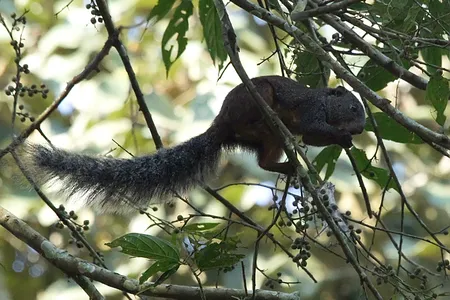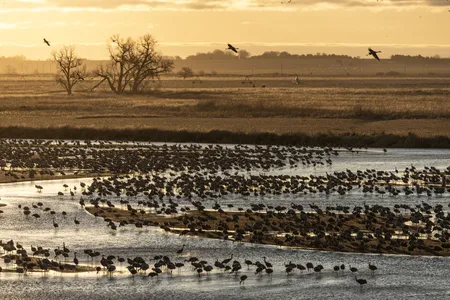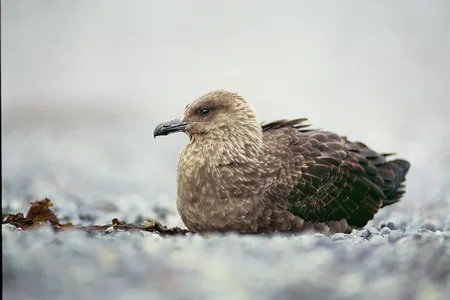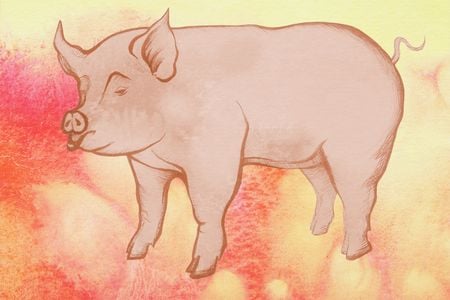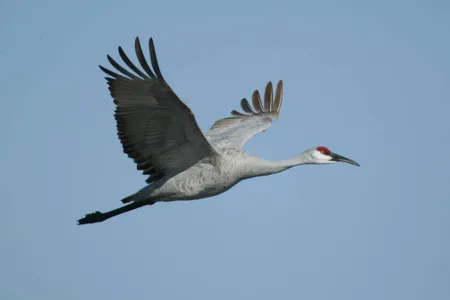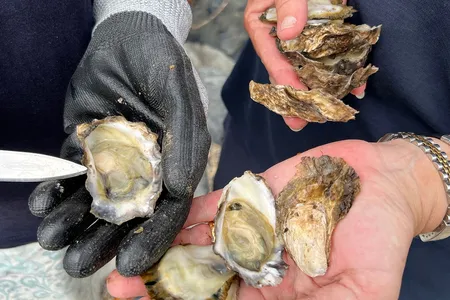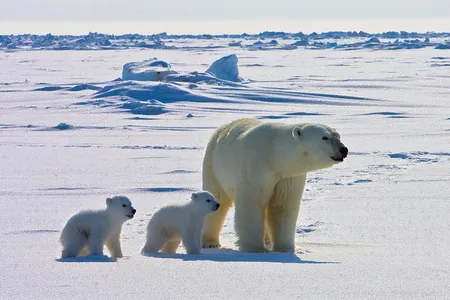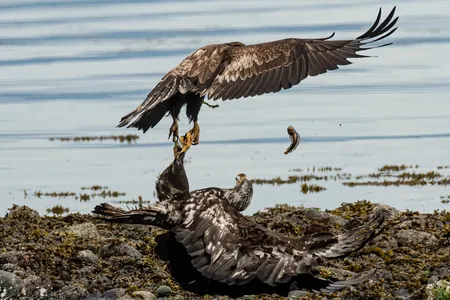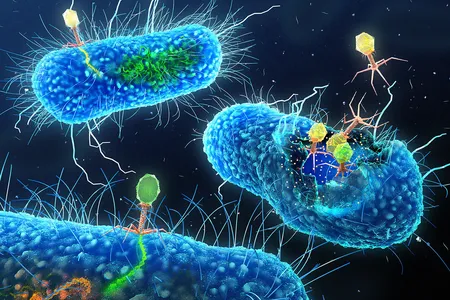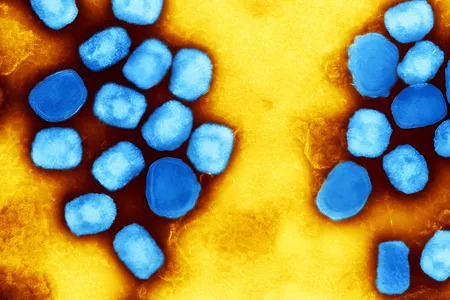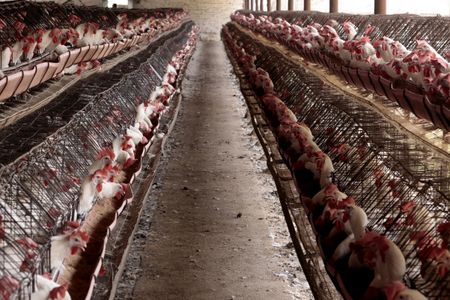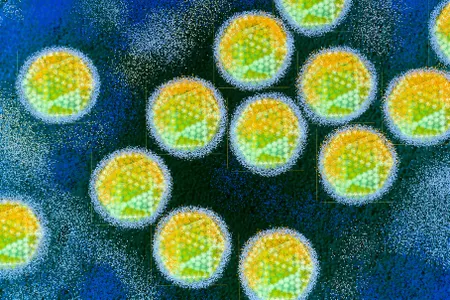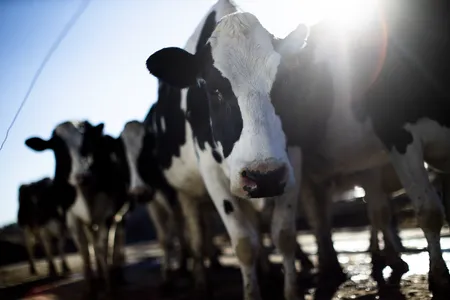With Ancient DNA, Scientists Have Mapped 37,000 Years of Disease Across Europe and Asia
Zoonoses—diseases that spread from animals to humans—began to gain prevalence some 6,500 years ago with the rise of animal husbandry, a new study suggests
U.S. Measles Cases Reach a Record High Since the Disease Was Declared Eliminated 25 Years Ago
With nearly six months left in the year, the total number of cases so far in 2025 has surpassed every year since 1992
Six Questions About Covid-19 Vaccines, Answered
Recent vaccination announcements have led to some confusion. Four physicians weigh in on who should get vaccinated and when
Squirrels, Not Monkeys, May Be the Animal Source of Mpox, Researchers Suggest
A preliminary study traces an mpox outbreak in a group of Ivory Coast monkeys to the fire-footed squirrel, indicating the rodent may be a natural reservoir for the virus
Record-High 736,000 Sandhill Cranes Flock to Nebraska During Spring Migration Peak—With No Signs of Bird Flu, Despite Concerns
After more than 1,500 of the lanky birds died in Indiana, wildlife biologists in Nebraska were on high alert for the virus—but so far, the visiting birds seem happy and healthy
Avian Flu Is Rapidly Spreading Across Antarctica
A new expedition offers insights on the deadly virus’ impact in the region
The Future of Transplanting Pig Organs in People
After years of research into xenotransplantation, the field is at a turning point—yet risks and ethical issues remain
More Than 1,500 Sandhill Cranes Killed by Bird Flu in Indiana, Raising Concerns Among Biologists
The tall, slender grey birds are making their annual spring migration to northern breeding grounds. Experts say the virus could become a larger problem if it gets passed to endangered whooping cranes
Oyster ‘Blood’ May Be the Secret Weapon in Our Fight Against Antibiotic-Resistant Superbugs, Study Finds
In lab experiments, a protein found in the Sydney rock oyster made some antibiotics more effective and killed several types of illness-causing bacteria
What Have We Learned From Intentionally Infecting People With Covid-19?
Challenge trials help researchers study immune responses. Skeptics still doubt the approach is worth the risks
Polar Bears Are Exposed to More Parasites, Viruses and Bacteria as the Arctic Heats Up
Pathogens are more common in polar bears living in the Chukchi Sea now than they were three decades ago, a new study suggests—but it’s not yet clear what that means for the mammals’ health
‘Pirate Seabirds’ Could Become a Pathway for Deadly Avian Flu to Spread to Australia, Study Finds
Kleptoparasitism, in which a bird harasses another to steal its food, might introduce avian flu to the continent, currently the only one without the severe H5N1 strain
Experts Discover 1,700 Ancient Viruses in a Tibetan Glacier
Studying how the viruses, which do not infect humans, adapted to previous major temperature shifts could hold clues to how modern viruses will react to the current climate change
Inside the Hidden Kingdom of Viruses in Your Gut
Human innards are teeming with viruses that infect bacteria. Here’s what scientists are learning about them
WHO Declares Mpox Global Health Emergency. Here’s What to Know
A new virus strain has been spreading primarily the Democratic Republic of the Congo, as well as nearby countries that had previously not reported mpox cases
Why Are Some People Seemingly Immune to Covid-19? Scientists May Now Have an Answer
Researchers tracked the immune responses of 16 people intentionally exposed to SARS-CoV-2 and pinpointed a gene that seems to help resist the virus before it can take hold
Man Infected With H5N2 Bird Flu in Mexico Dies. Here’s the Latest on the Virus
The strain is not the same one that has infected U.S. cows and three dairy farm workers, and officials say the risk to the general public remains low
50,000-Year-Old Neanderthal Bones Have Remains of Human Viruses, Scientists Find
The preliminary analysis is a first step in testing the theory that infectious diseases played a role in Neanderthals’ extinction
One in Five Milk Samples Has Bird Flu Virus Fragments, Suggesting Cow Infections Are More Widespread Than Thought
The research has not yet found evidence that milk contains infectious virus, and the FDA says the commercial milk supply is safe
Bird Flu Virus Detected in Pasteurized Milk, as U.S. Moves to Test More Dairy Cows
The FDA maintains that the commercial milk supply is safe, and it plans to report results of further tests in the coming days and weeks
Page 1 of 11



